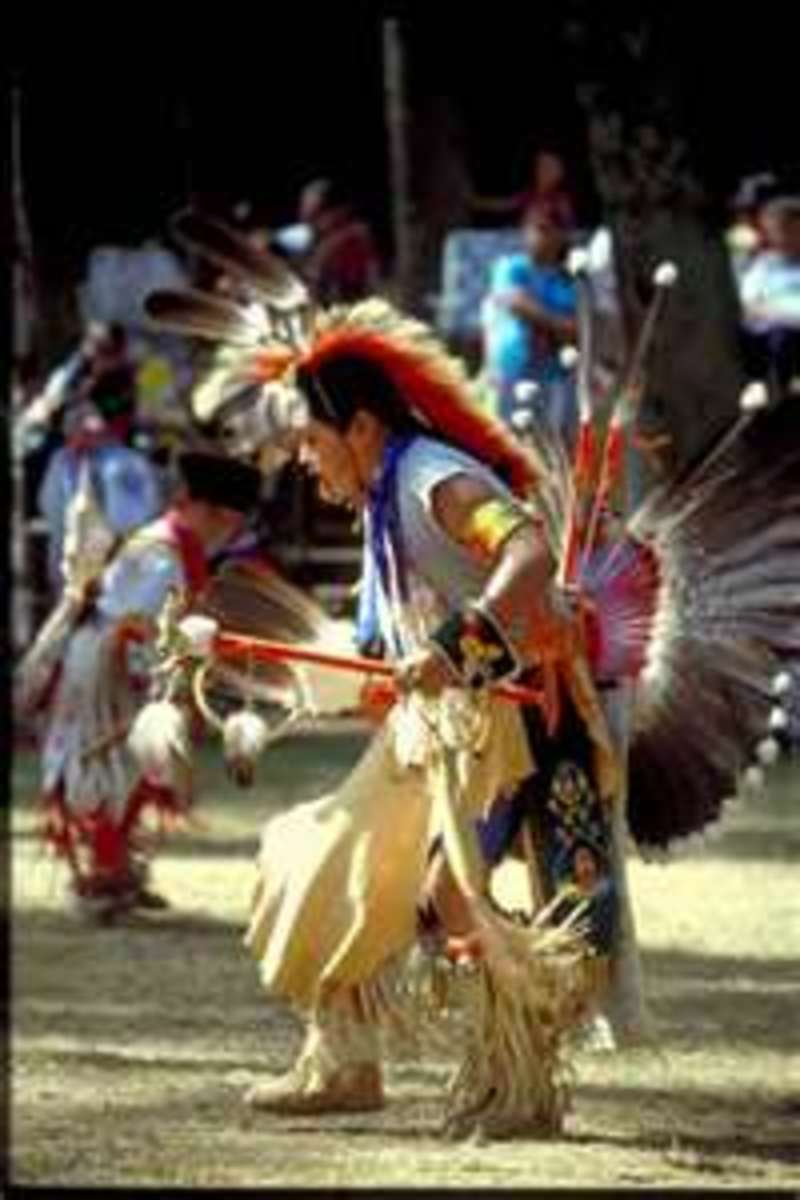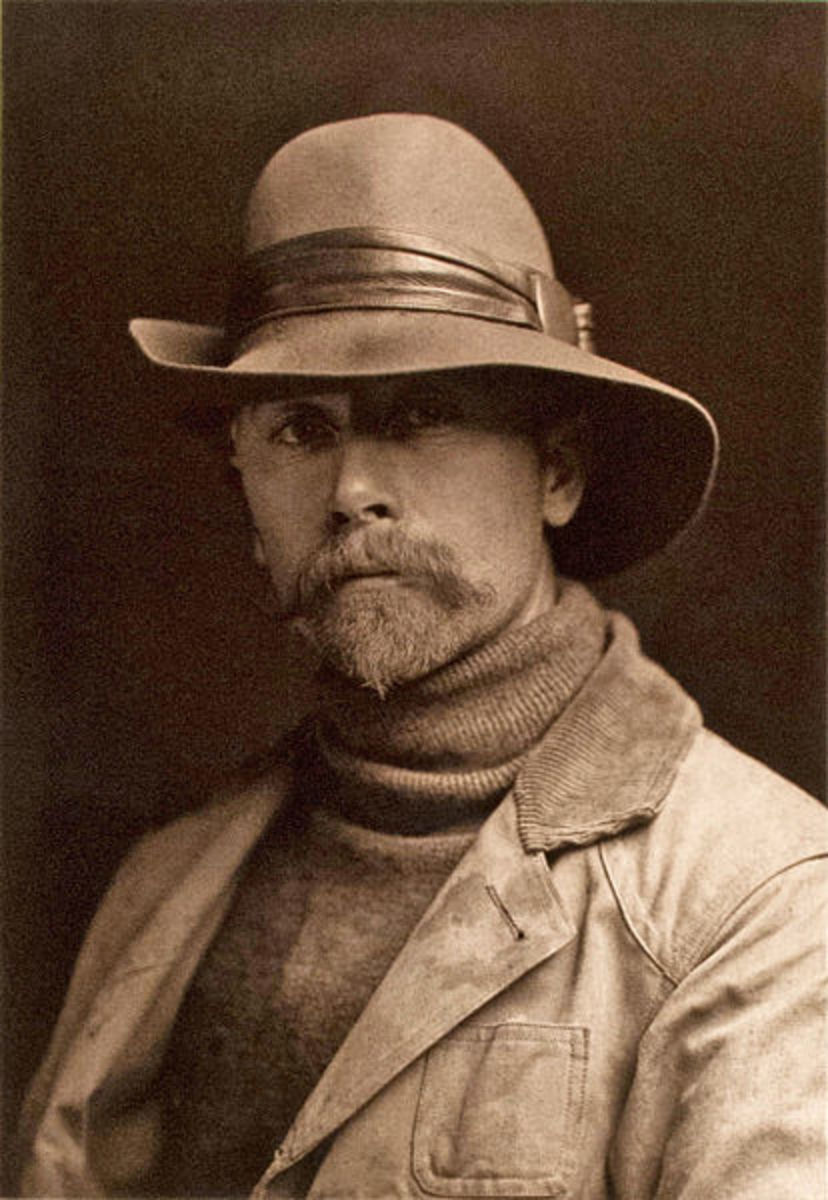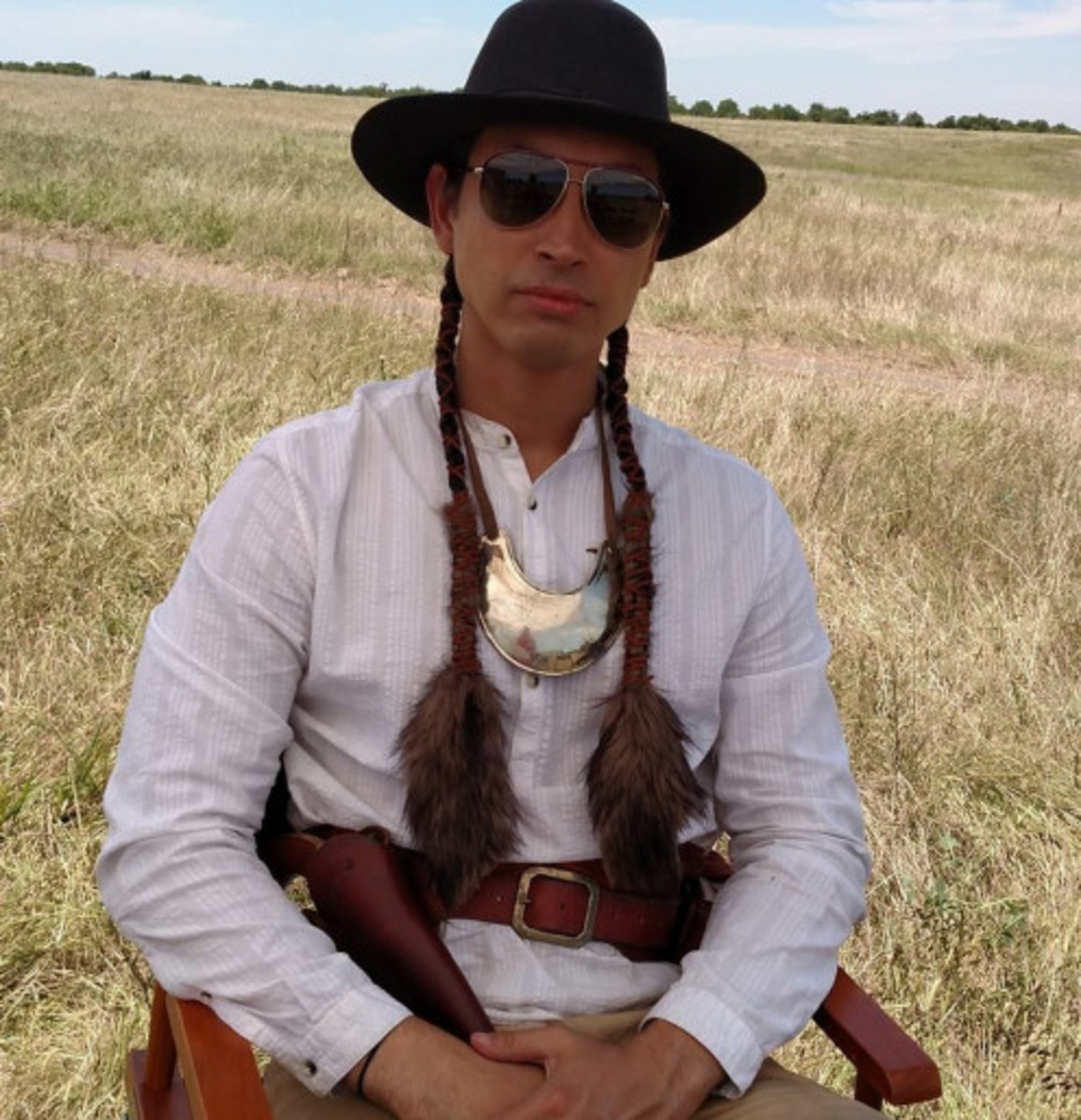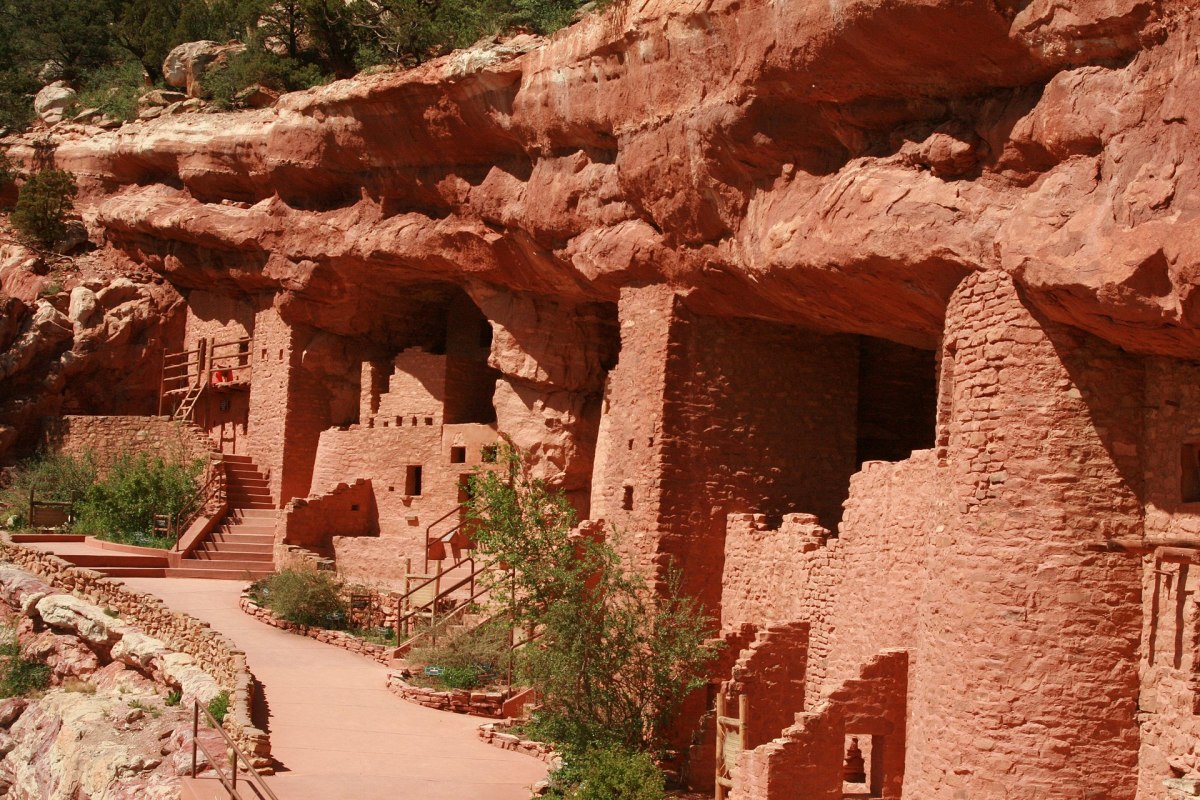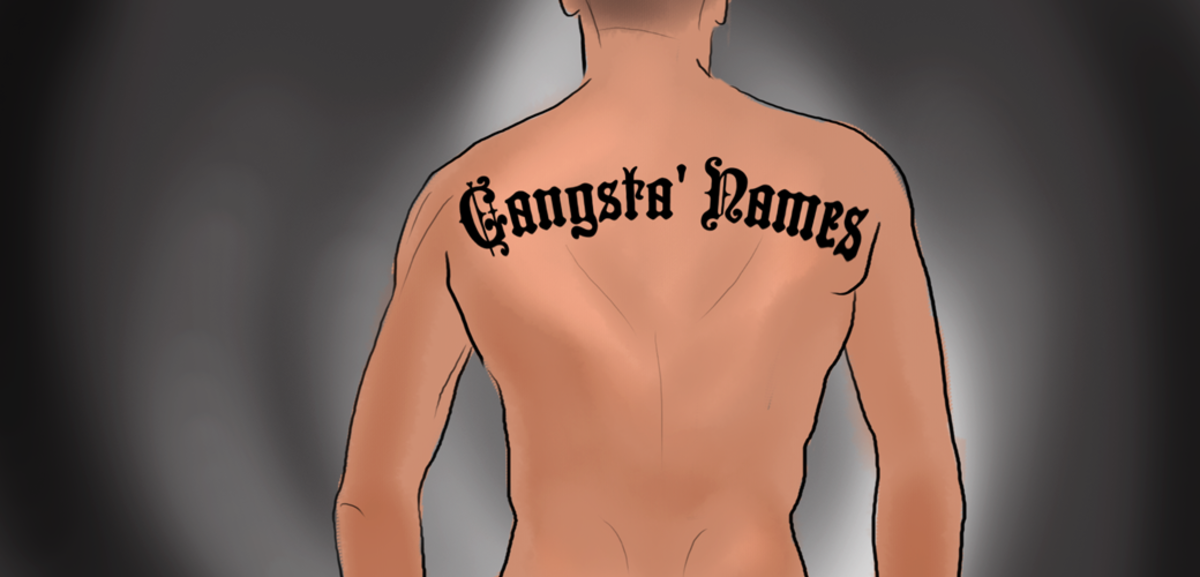The Kumeyaay band of Native American Indians - Tribe History Series part 1
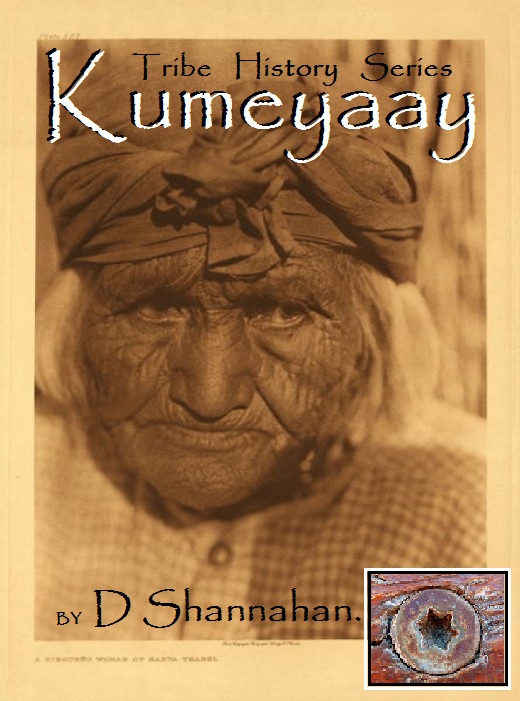
Locations
Pre-Contact:
The Dieguino Indians (now know as the Kumeyaay Tribe or the Tipai-Ipai) are a tribe of Native Americans native to the extremely southwestern United States and parts of Mexico.
Historically, their range extended from the San Diego area to Baja, Mexico. The Dieguino nation consists of two separate subgroups; the Ipia and the Tipia. The Ipia lived in the north near what is now Escondido, Ca to Lake Henshaw, Ca. The San Diego River roughly separated the two groups and the Tipia’s territory included the Laguna Mountains.
There are three distinct languages that have been recognized as being spoken by the Kumeyaay; Ipai, Kymeyaay proper and Tipai. While there is some uncertainty as to what bands spoke what languages, it is agreed upon by the speakers of the languages that all members of the Kumeyaay tribes could, with a short period of acclimatization, speak to each other. The languages belong to the Delta-California branch of the Yuman family. There are several other linguistically distinct languages that belong to this group and are spoken by groups including the Cocopa, the Quechan the Paipai and the Kiliwa.
Prior to European contact, the Kumeyaay social structure was set up so they lived in clans with different summer and winter village sites. Each clan or Sh’mulc had a leader and followed a patrilineal structure. Separate clans were occasionally known to band together in occasions where it was mutually beneficial such as during attacks and times of food shortages. It was also not uncommon for several different clans to occasionally come together under one leader known as a Kachut Kwitai. No one really knows exactly how many Kumeyaays’ existed in the pre-contact era but based on village sizes and distribution estimates range from 3,000 to 16,000.
Kumeyaays do not view territory as typical Europeans do, with the ideas of property and all the resources on it belonging to a landowner. For example, if tracking an animal, another tribe could cross over to Kumeyaay territory with out conflict. However, if they wanted to set up residence in that territory, the Kumeyaay would need to be contacted. They also were known to have large gatherings at strategic spots so that several different clans could come together and play games, sing, intermarry and eat.
Anthony Pico
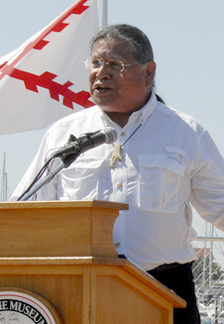
Activities
The Kumeyaay were a primarily hunter/gatherer society. They hunted small and large game with bows made of willow branches and deer ligament. The arrows heads were made out of stone and ones with detachable heads were used for small game such as rabbits and squirrels. In addition to hunting on land, the Kumeyaay also had a very advanced fishing system. Using spear and hook/line fishing methods they would go out onto what are now Mission and San Diego Bay and collect salmon, bottom fish, mussels and clams. They also used dip nets to fish for trout and salmon on the San Diego river. Shells were used as currency to trade over trading routes with desert tribes to the east.
A traditional Kumeyaay boat was made of bundled reeds and then waterproofed with tar. Using these they could float in the salt marsh areas of the bays and collect water plants or hunt with bolas for sea birds. Some of the plants that they collected from these wetland areas were watercress, celery, lettuce and nettle.

Agriculture & Science
They were known for having a surprisingly advanced system of environmental management that they used to produce the foods they needed to survive. Along with several other California tribes, they were among the first examples of fire being used to sustain environmental balances. They would burn the chaparral to allow room for other edible plants to grow. This burning of the understory also had the advantage of opening up grazing lands that attracted big game animals used for food and clothing. In the drier areas of their territory that were approaching the dessert, they would used rocks and mud to dam up drainages and help to create the wetlands near the coast they relied upon.
The Kumeyaay also had an amazing astronomical knowledge that they used to help them harvest plants used for food and medicine. Using this system they could determine the best times to harvest some plants. For example, the Yucca root becomes bitter to eat after it flowers so they would use it their knowledge of seasons, gained from observing the stars, and harvest it just before it was supposed to flower. This knowledge was passed down from generation to generation. The acorn was a staple of the Kumeyaay diet. This can be observed in the locations of their village sites.
Accessibility to water and acorns are the two most important aspects of site location. The milling holes, found in granite rock at old village sites are more evidence of the importance of the acorn in Kumeyaay life. According to Spanish accounts, the costal tribesmen also harvested a grain that was “half the size of a wheat grain”. However, this grain has since become extinct when the Kumeyaay harvesting practices ceased to be used.

Housing
For dwellings the Kumeyaay lived in willow framed structures. They would root willow poles into the ground and curve them in towards the center. Then using Yucca twine they tied them together and thatched them with brush, reeds, tree branches or whatever was available in their particular area. They would also place stones around the entrances to their huts to deter animals from entering. They also created their own pottery using clay that was fired in large open pits. Large pots were capped and used to store acorns or flour over the winter or during travel. Baskets were made from grass or willow branches depending on their intended use. Some of their baskets made from grass were of such high quality that they were completely waterproof! Clothes were made from willow bark, reeds and animal furs.
The Treaty of 1852:
In 1852 a treaty was drawn up between the State of California and the Kumeyaay Indians. The treaty would have made the tribe a recognized sovereign nation within the United States and given them recognized territory or land boundaries. However, this treaty along with 18 others were not ratified by congress. Because of this, the Kumeyaay would have to wait another 50 years to become recognized by the U.S. government.
To read the full text of the treaty or to find out more about the history behind it and the tribe in general please click on the link below.
- 1852 Treaty of Santa Ysabel
KUMEYAAY MAP 1852 Treaty of Santa Ysabel Diegueno San Diego County history
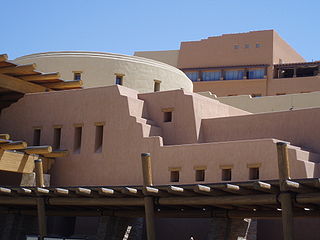
Present Day:
In the early 1900’s the Kumeyaay’s were granted sovereignty by the federal government of the United States. In 1930, 36 small Rancherias were set up in southern California for the different bands of the Kumeyaay tribe to live on. Currently there are 13 reservations that support 13 different federally and state recognized bands in San Diego County, CA. Because they are sovereign nations they have their own governments and are in charge of their own economic, social and political spheres.
For one of the best examples of the Kumeyaay’s success in modern society, we will look at Vejas band of Kumeyaay Indians. Their government consists of two levels: general council and tribal council. The general council includes all of the band's voting members. The foundation for policies and procedures is custom and tradition. A rigorous form of participatory democracy, the general council has approval over land use and tribal budgets. The general council elects the tribal council, which includes the chairman, vice chairman, secretary, treasurer and three council members at-large.
Tribal government officials are elected to two-year terms of office. Like local governmental entities, the tribal council serves as the executive and legislative branches, but yet, has quasi-judicial powers as well. Like special district boards (water district, port authority, economic enterprise or redevelopment agencies), the tribal council also serves as the "board of directors" for Viejas Band economic enterprises, with all tribal members as "shareholders."
The land that the Kumeyaay reservations are set up is mostly in the desert, there are without water or an environment conducive to farming or any form of economic self-sufficiency. Because of that, the primary method of support for the Kumeyaay people is through casinos that they run on their reservations. With the passage of Prop 1A in 2000, the only casinos that are allowed in California must be on Indian Reservations. Keeping with traditional values, the Kumeyaay Indians are very generous people to both their own community and San Diego County. Every year they make philanthropic donations to hundreds of organizations such as schools, community groups and service and civil organizations.
In addition to casinos, the Vejas band of Kumeyaay Indians were the first tribe to set up an all Indian owned bank in California; Borrego Springs Bank. There are 19 offices around the western United States. They specialize in financing, loaning and helping out other Native American tribes. Also, along with several bands of Mission Indians, they set up an enterprise that owns several hotels throughout California.
More of My Hubs on American History
- The Mining Law of 1872 and Other Lords of Yesterday
Lord of Yesterday are policies and rules that were adopted long ago in america but that still have a big effect on our current policies and world views. We will examine several laws and their effects. - Eminent Domain and the Fifth Amendment
The Constitution and its interpretations are what governs our lives here in the United States. Wether you are a US citizen wishing to learn more about how it all works or a foreigner who wants a good laugh at the U.S political system, check it out! - Blackface: For Better or Worse
For better or worse, the art of blackface or minstrel shows has played a big role in the development of America. Learn about its effects and how it has been influential to our society.

